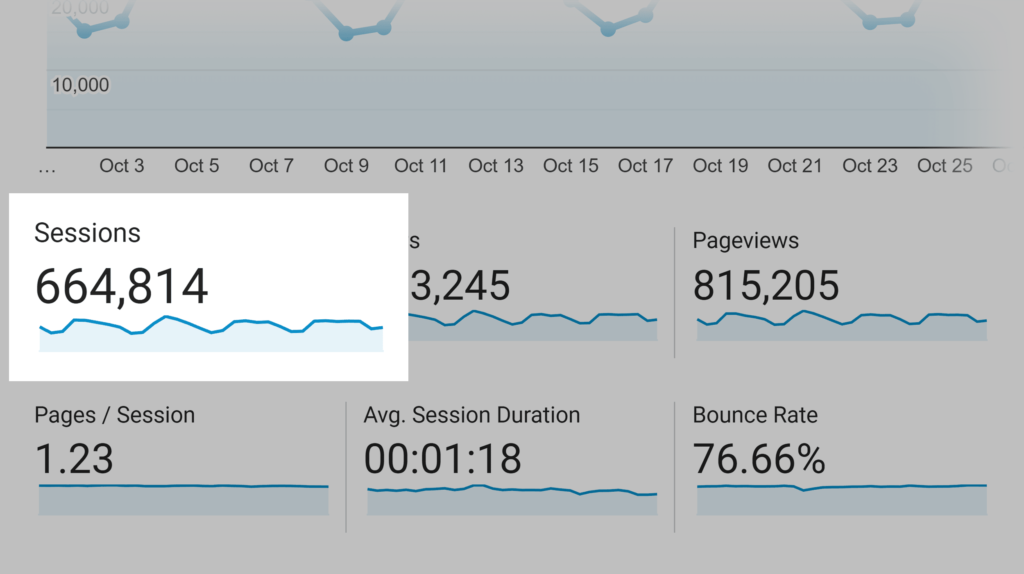check visitor numbers on a blog. – Ever wondered who’s reading your blog? Understanding your audience is key to success. It allows you to tailor content, improve engagement, and ultimately, achieve your blogging goals. But how do you check how many people visit your blog and gain valuable insights into who’s reading your work? This comprehensive guide explores various methods to track your blog’s traffic, analyze visitor behavior, and transform those numbers into actionable strategies.

Leveraging Google Analytics – A Powerful Free Tool
For most bloggers, Google Analytics reigns supreme as the go-to platform to check visitor numbers on a blog. It offers a treasure trove of data, providing a clear picture of your audience’s demographics, interests, and how they interact with your content. Here’s how to get started:
- Create a Google Analytics Account: Head over to https://analytics.google.com/analytics/academy/course/6 and sign up for a free account.
- Grab Your Tracking Code: Once you’ve created an account, navigate to the “Admin” section and select “Create Property.” Follow the prompts to set up a new property for your blog. Google will provide a unique tracking code snippet.
- Integrate the Tracking Code: This code needs to be placed within the HTML of your blog’s pages. The specific integration method depends on your blogging platform. For instance, WordPress users can install plugins like MonsterInsights to easily integrate the code.
- Let the Data Flow: Give Google Analytics some time to collect data (typically 24-48 hours). Once data starts populating, you can delve into visitor insights!
Unveiling Visitor Data with Google Analytics Reports
Google Analytics offers a plethora of reports to check visitor numbers and glean valuable audience insights. Here are some key reports to explore:
- Audience Overview: This report provides a high-level summary of your visitors, including demographics like location, age, and language.
- Sessions: A session represents a user’s visit to your blog. This report details the total number of sessions, session duration, and bounce rate (percentage of visitors leaving after just one page).
- Users: This report focuses on unique visitors to your blog. Understanding how many unique visitors you attract is crucial for measuring your blog’s reach.
- Traffic Sources: This report reveals how visitors find your blog. It shows the origin of your traffic, such as organic search (traffic from search engines), referrals from other websites, or social media.
- Content Performance: Dive deep into how visitors interact with your content. This report showcases which pages are most popular, how long visitors stay on each page, and user engagement metrics like scroll depth.
Beyond Google Analytics: Alternative Tools to Check Blog Visitors
While Google Analytics is a powerhouse, some bloggers might prefer alternative options to check visitor numbers on a blog. Here are a few noteworthy options:
- Server-Side Analytics: Some web hosting providers offer their own analytics tools that track visitor data. These can be useful for basic insights but may lack the depth offered by Google Analytics.
- Website Traffic Estimators: Several online tools estimate website traffic based on factors like backlinks and social media shares. Keep in mind that these estimates should be considered a supplementary reference point, not a definitive source of data.
- Social Media Insights: Social media platforms like Facebook and Instagram provide valuable analytics about your audience demographics and how they interact with your content on those platforms.
Making the Most of Your Visitor Data: Strategies for Success
Once you’ve mastered how to check visitor numbers on a blog, it’s time to translate that data into actionable strategies. Here’s how to leverage your visitor insights:
- Craft Content Your Audience Craves: Analyze which types of content resonate most with your visitors. Use that knowledge to tailor future content to their interests and preferences.
- Optimize for Search Engines (SEO): See which keywords are driving traffic to your blog. Use that information to optimize your content for relevant search terms to attract more organic traffic.
- Boost Engagement: Understand which pages have high bounce rates and identify areas for improvement. Consider adding multimedia elements, internal linking, or calls to action to keep visitors engaged.
- Refine Your Marketing Strategy: Discover where your audience comes from. Focus your marketing efforts on the channels that yield the most website traffic.
Conclusion: The Power of Knowing Your Blog Audience
By consistently checking visitor numbers on your blog and analyzing the data, you gain a superpower – understanding your audience. This invaluable knowledge empowers you to create content that resonates, build a loyal readership, and ultimately
